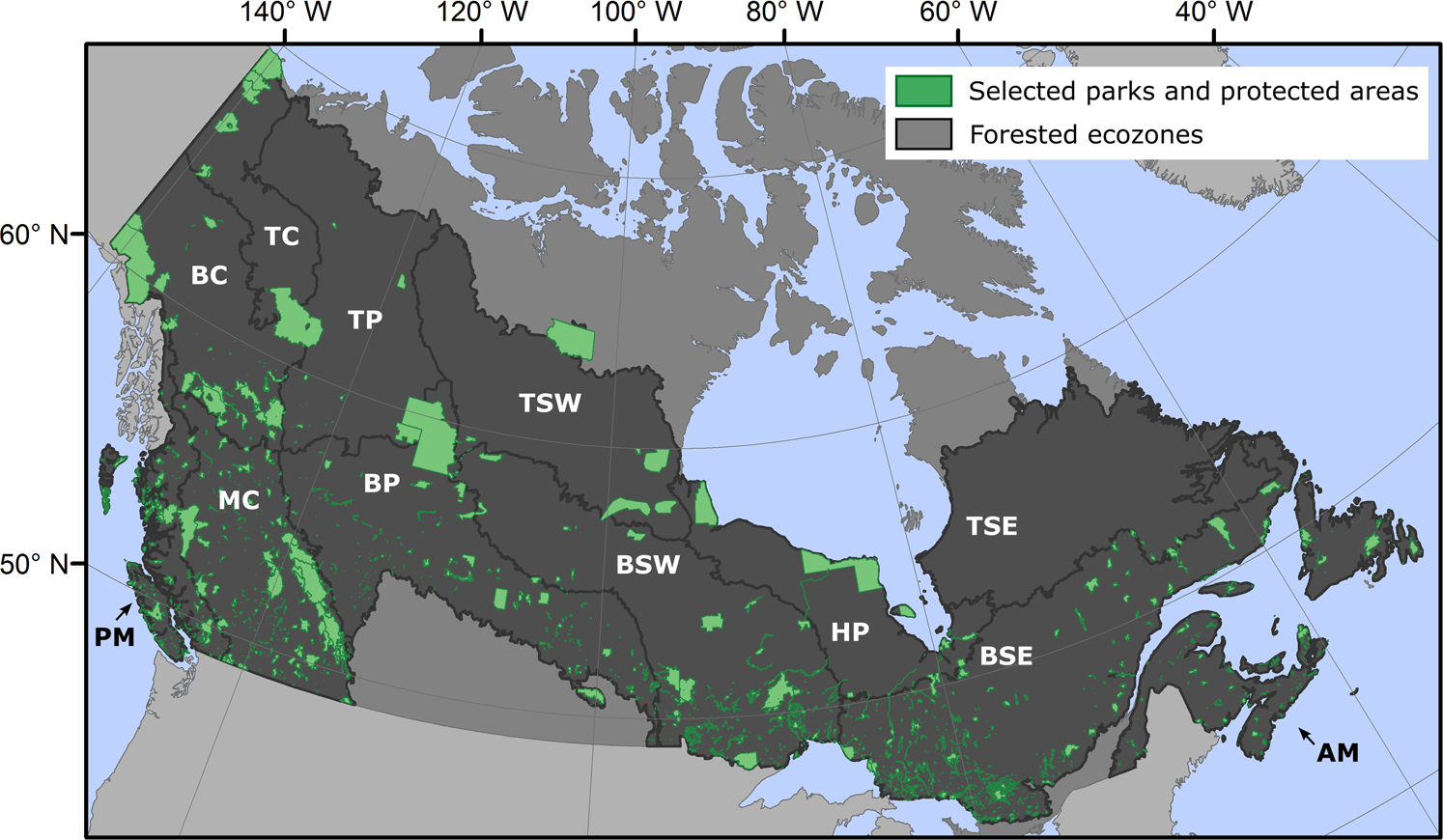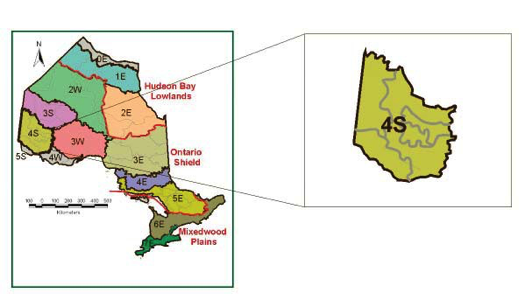Local news ecosystems across Canada exhibit significant regional differences shaped by factors such as population size, urban integration, and the presence of public broadcasters.
Key regional distinctions include:
-
Regional hubs tend to have stronger local news ecosystems, often supported by public broadcasters who produce a substantial share of local content. These hubs typically serve as central points for news production that is rebroadcast across their provinces, helping maintain local news availability in surrounding areas.
-
Suburban centres near large cities often experience local news deprivation despite having sizeable populations and their own municipal governments. These areas sometimes rely on news coverage from the nearby major city due to commuter integration, but this coverage is often insufficient to fully address local affairs. For example, some suburbs with populations over 300,000 may have only a handful of local news sources, reflecting a gap in local reporting.
-
Smaller communities (under 100,000 people) across most provinces have seen a decline in local news outlets since 2008, with some regions experiencing more severe losses than others. This decline is particularly acute in certain provinces where a significant portion of local news sources has disappeared, contributing to news deprivation in rural and smaller urban areas.
-
Larger cities (over 100,000 people) show a mixed picture: while many have experienced declines in local news outlets, some have maintained or even increased their local news presence, often linked to the strength of regional news hubs.
-
Newspapers remain a critical anchor for local political and community coverage, especially in smaller markets, despite overall declines in the sector. Other media types like television, radio, and online news contribute less proportionally to local news stories in these markets.
-
Regulatory frameworks emphasize the importance of local news programming, requiring broadcasters to maintain minimum levels of locally reflective news content. This includes news that specifically relates to the licensed market, portrays the local community, and is produced by local staff or independent producers. These regulations aim to support local news ecosystems amid industry challenges.
In summary, local news ecosystems in Canada vary widely by region, with stronger support in regional hubs and larger cities, but significant challenges and news deprivation in suburban and smaller communities. Public broadcasters and regulatory measures play key roles in sustaining local news, but the overall trend points to a decline in local news availability, especially outside major urban centres.



















Maple Ranking offers the highest quality website traffic services in Canada. We provide a variety of traffic services for our clients, including website traffic, desktop traffic, mobile traffic, Google traffic, search traffic, eCommerce traffic, YouTube traffic, and TikTok traffic. Our website boasts a 100% customer satisfaction rate, so you can confidently purchase large amounts of SEO traffic online. For just 720 PHP per month, you can immediately increase website traffic, improve SEO performance, and boost sales!
Having trouble choosing a traffic package? Contact us, and our staff will assist you.
Free consultation